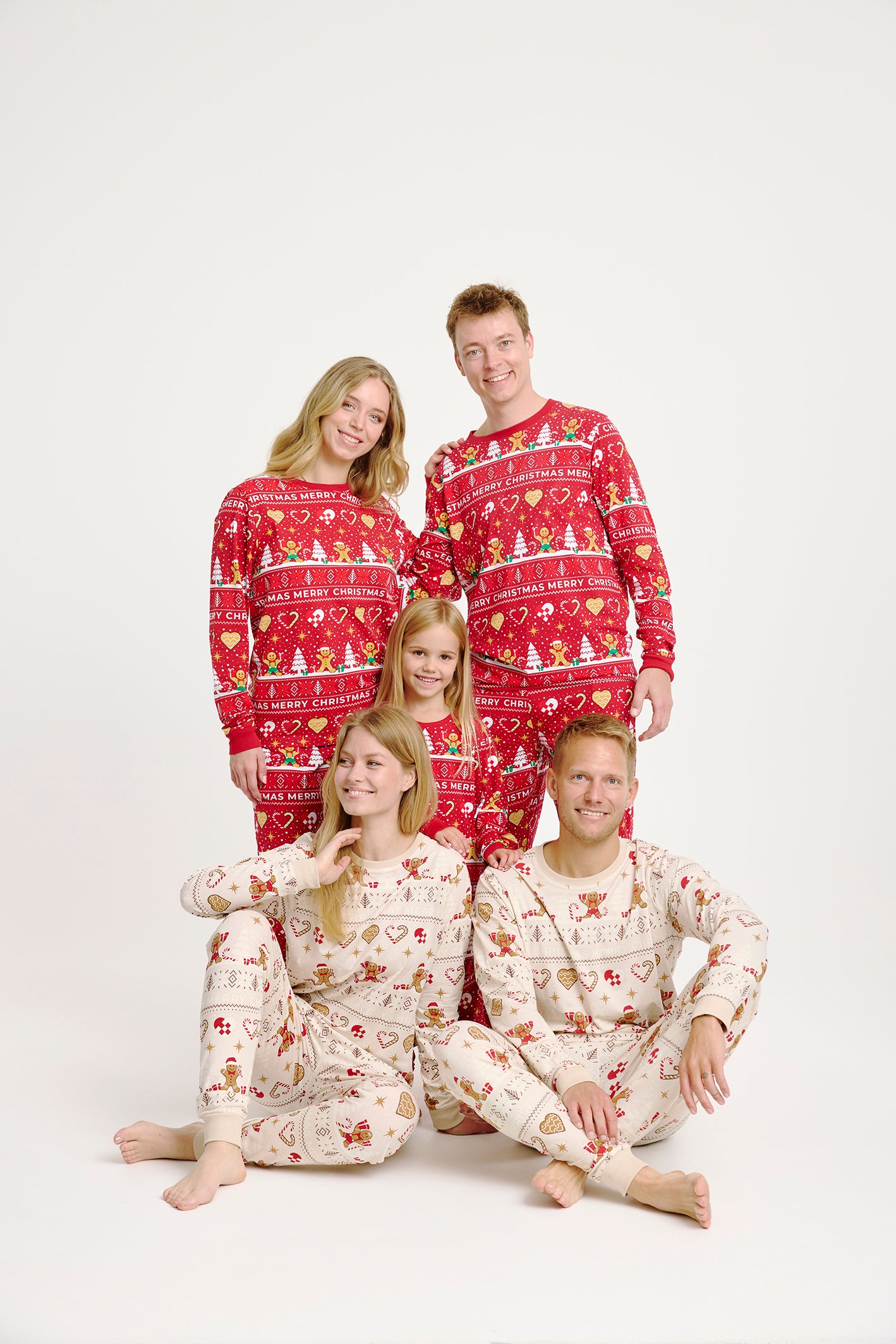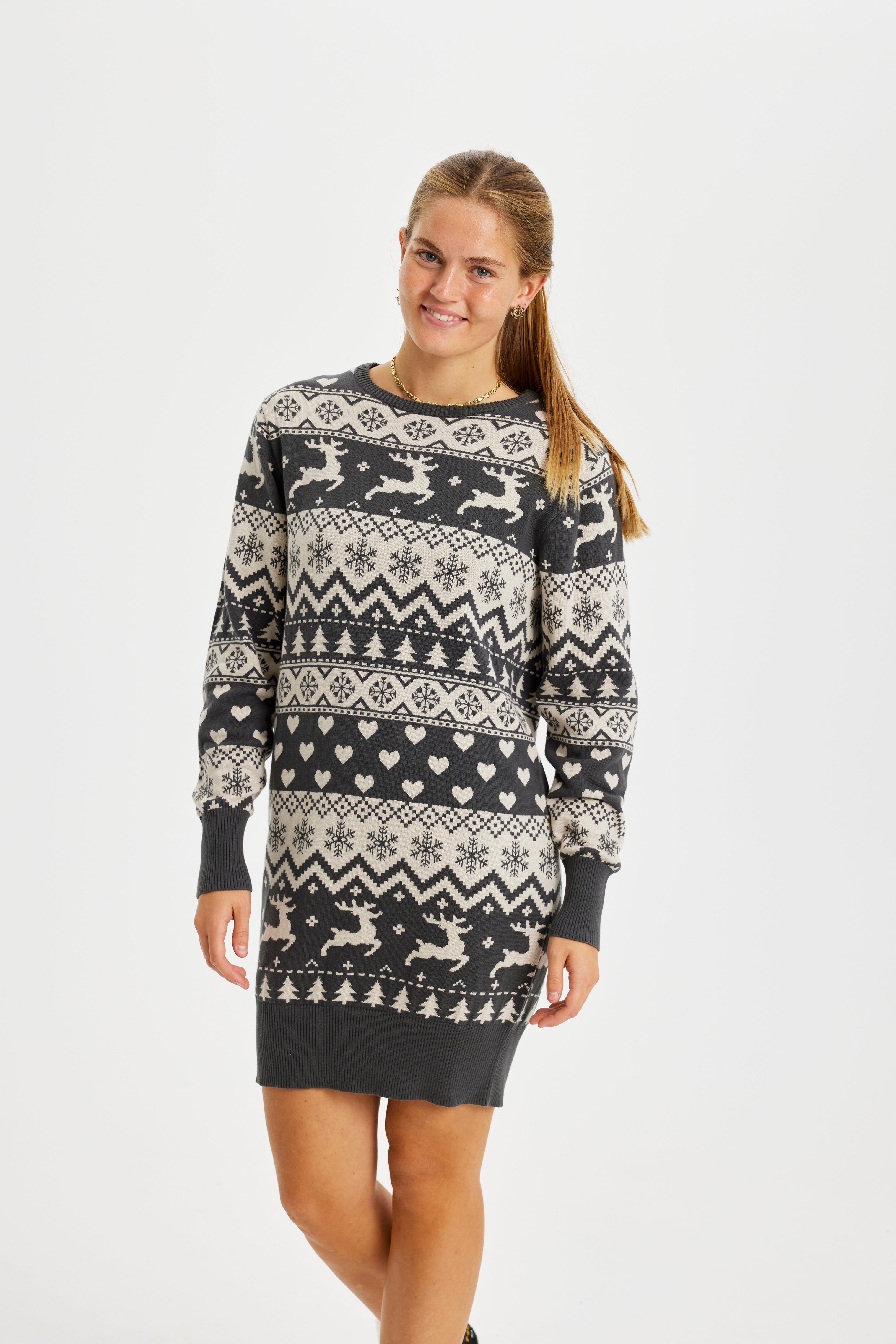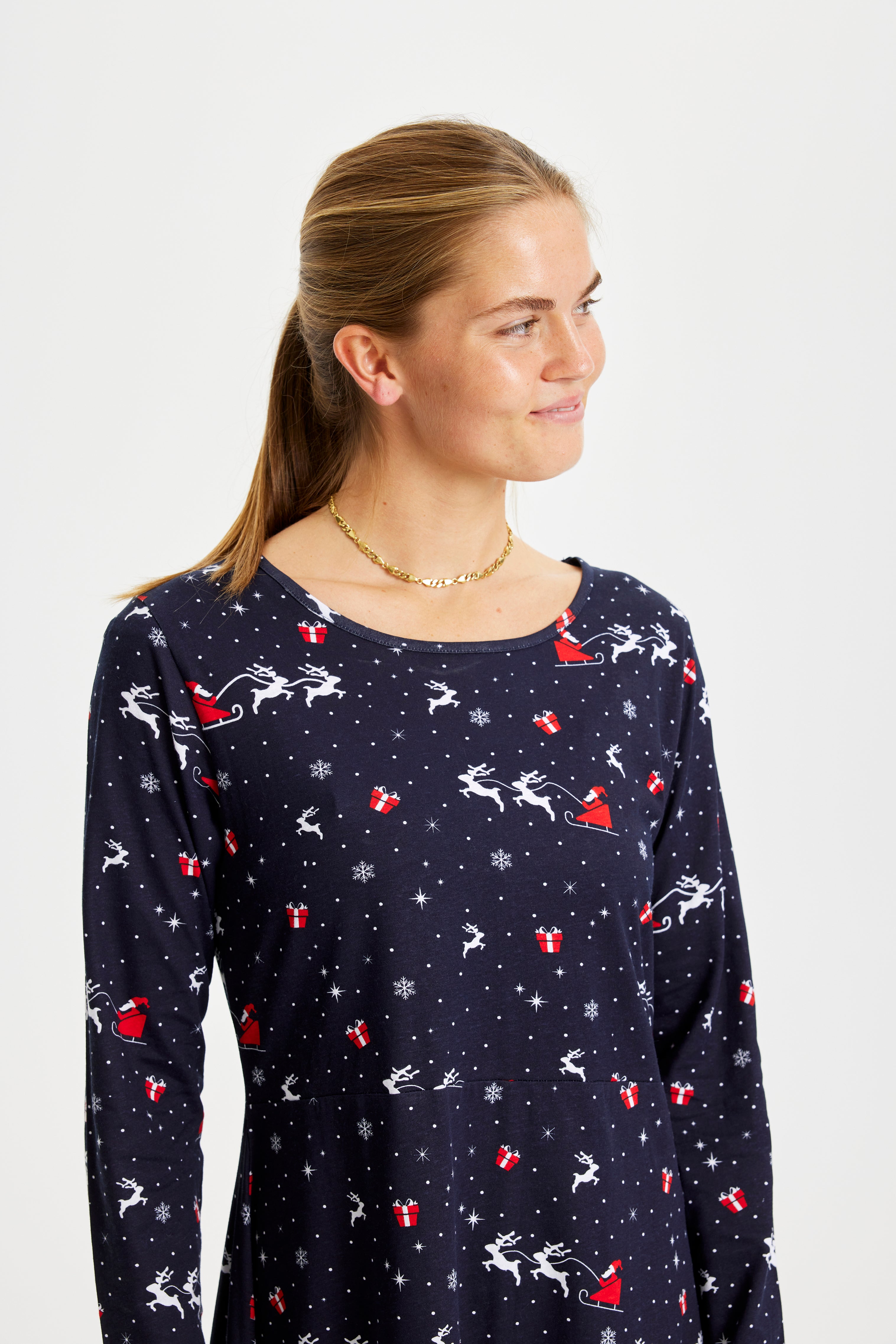28 October 2025
How many days is Christmas?

How many days is Christmas depends on what you mean. Often people are asking how many days remain until a specific date, or they mean how long the interval is from one Christmas date to the next. The dates most commonly used for countdowns are Christmas Eve, which is 24 December, and Christmas Day, which is 25 December.
Clear definitions
Christmas Eve is 24 December every year and Christmas Day is 25 December every year. If you ask how many days until one of those dates, the answer changes with today’s date and with the chosen target. If you ask how many days are between identical calendar dates in successive years, the interval is normally 365 days, and 366 days when 29 February falls between them.
Common interpretations
One interpretation is forward looking, a countdown from today until 24 or 25 December. Another treats the question as a recurring interval of one year between the same calendar dates. Many countdowns on popular sites show days only, or days with hours, minutes and seconds for a live result.
Counting conventions
Decide whether to count inclusively, where today counts as day one, or exclusively, where you count full days remaining. Also specify the target time, for example local midnight at the start of 24 December or a particular hour on the date. If you plan family gatherings around the countdown, consider a simple wardrobe note, such as choosing a Christmas sweater from the Christmas sweater collection to make the moment feel cohesive. For playful themes you can browse ugly Christmas sweater options, or pick matching looks for children with kids Christmas sweater styles when planning group photos.
Calendar facts and week numbers
Christmas Eve always falls on 24 December and Christmas Day on 25 December, so any countdown starts from those fixed calendar points. In the ISO week-numbering system these dates most often land in week 51 or week 52 depending on the year; many years see 24 and 25 December appear in week 52. When you display a countdown, it helps to state which of the two dates you mean and which time zone you use so visitors understand the exact endpoint.
Countdown formats people use
There are three common presentation styles that information pages and widgets favour. Days-only counters give a quick headline number. Live counters show days, hours, minutes and seconds and update continuously for immediate curiosity. Week-plus-day views present the remaining time as weeks and days, which can feel more actionable for planning. Some sites offer alternate modes, for example business days remaining or a compact weeks-only view for long-range planning.
Supplementary countdown targets
Alongside 24 and 25 December, many planners add alternative targets to support specific activities. A countdown to 1 December marks the start of Advent and is useful for daily calendars and crafts. Counting remaining Fridays or weekends until Christmas helps with event scheduling and family outings. Presenting multiple targets gives readers options for gift preparation, party logistics and choosing when to dress up for photos.
Practical calculation notes
Major countdown tools follow a simple approach: find the next occurrence of the chosen date in the current year; if that date has already passed, compute to the same date in the following year. When you measure the interval in days across calendar years, remember to include 29 February if a leap day falls between the two dates. Also decide whether you present an inclusive count that treats today as day one, or an exclusive count that shows full days remaining.
Example: step-by-step method to compute days until 24 December
- Check whether today is before or after 24 December in the current year.
- If today is on or before 24 December, set the target to 24 December this year; otherwise set the target to 24 December next year.
- Count the full days remaining in the current month after today, then add the days in each intervening month up to December.
- Add the day number in December up to 24 and adjust for any leap day if the interval crosses 29 February.
- Decide whether to subtract one day for an exclusive display or to include today for an inclusive display; add hours and minutes if you need a live timestamp.
Presentation choices and planning behaviour
Top pages combine a clear label with a flexible display so visitors can pick the view they prefer. A short explanatory line that states the target date and baseline time zone avoids confusion. For readers who plan gatherings or family photos, a quick wardrobe suggestion can be helpful without being promotional. For example, coordinate a Christmas sweater for the group and add matching christmas pajamas for children to create a cohesive look in photos. If you want a focused option, include a link to a christmas sweater collection or to matching christmas pajamas so readers can visualise the outfit idea without a hard sell.
How to adapt a countdown for events
When the countdown is used for event planning, consider adding secondary counters for milestones such as ordering deadlines, party invites or gift-wrapping days. Presenting these as checkboxes or small timelines turns a simple days-remaining figure into an actionable checklist. Clear labels and a couple of supplementary targets make the countdown a practical planning tool as well as a fun reminder.
Making the countdown part of your tradition
When the days start to shorten and the scent of pine and fresh baking fills the kitchen, a countdown does more than mark time. It becomes a gentle invitation to slow down, sing along to familiar carols and pull a favourite Christmas sweater from the wardrobe. Consider simple rituals: lighting a small candle while you check the days remaining, or putting on cosy christmas pajamas for an evening of wrapping and playlists. Those little sensory touches turn a numeric countdown into a warm, memorable lead-up to 24 December or 25 December.
Clear choices to show with any counter
Readers appreciate when a countdown states its rules plainly. Make it obvious whether the display counts to 24 December or 25 December, and whether it counts inclusively or exclusively. Tell visitors the baseline time you use, for example local midnight at the start of the target date. Small clarifying notes like these prevent confusion and let people plan photos, travel and gatherings with confidence.
Counting conventions you can display
- Inclusive count: Today counts as day one.
- Exclusive count: Full days remaining are shown, not including today.
- Precise timestamp: Days, hours and minutes based on a specified time zone.
Presenting those options as toggles or brief explanations gives readers control, and it suits the different ways people like to measure anticipation.
Notes on leap years and local customs
When you measure the interval between one calendar date and the next identical date, remember to check for 29 February in the intervening year: if it is present, the interval becomes 366 days. Local traditions also shape which date feels like the real focal point: some countries centre the celebration on 24 December evening, while others give 25 December the starring role. Make that distinction clear when you label your counter so visitors know exactly what you mean.
Ideas to weave into your page
Offer readers a handful of complementary countdowns. A compact list might include 1 December for Advent calendars, the main target (24 December or 25 December), and a weeks-plus-days view for planning. Add gentle prompts such as ordering deadlines for gift wrapping, or a reminder to pick a favourite christmas sweater for photo night. These cues help turn a simple number into a practical sequence of small, comforting tasks.
How a small algorithm helps readers
Explain the calculation in plain terms so anyone can verify the result: First, identify if the target date has already occurred this year. If it has not, count to the target in the current year. If it has, count to the same date next year and include the leap day if relevant. State whether you are using inclusive or exclusive counting and whether your counter ends at midnight or a chosen hour. That transparency builds trust and avoids repeated questions.
Bringing the feeling into the page
Texture your copy with sensory detail: the soft crackle of wrapping paper, the low hum of a carol, the warmth of a favourite knit against your skin. Suggest readers make a cosy ritual out of the countdown by brewing spiced tea, putting on matching matching christmas pajamas for a photo, or slipping into a well-loved christmas sweater for an evening of lights. These small scenes help readers imagine the moment the counter hits zero and make the waiting part of the pleasure.
Frequently asked questions
How many days is Christmas?
If you mean how many days until Christmas, the answer depends on today’s date and whether you target 24 December or 25 December. If you mean the interval between one Christmas date and the next identical date, it is typically 365 days, or 366 days if 29 February falls between them.
Which date is usually used for Christmas in countdowns?
Many Danish-focused countdowns target 24 December as the main date. Internationally, some countdowns target 25 December. Reliable pages state the chosen date explicitly so visitors know the endpoint.
How do I count the exact number of days until Christmas?
Find the next occurrence of the chosen date. If it is in the current year, count to that date; otherwise count to the next year and include a leap day if applicable. Decide whether to count inclusively or exclusively and whether to include hours and minutes for a live timestamp.
Can the number of days between two Christmases change?
Yes. The interval is usually 365 days, but if the period crosses a leap day the interval is 366 days.
Do countdowns show more than days?
Yes. Many countdowns display days, hours, minutes and seconds, and some also offer weeks-plus-days or business days remaining for planning purposes.
Should I state the time zone when giving a countdown?
Yes. Precise countdowns should specify the time zone or baseline time so everyone knows the exact moment the counter reaches zero.
Also view
28 October 2025
Imagine a rustic living room where soft candlelight and lanterns cast a gentle glow across a simple evergreen garland on the mantel, w...



































